Imagine hiking through New Zealand’s wild Fiordland, mist curling around ancient peaks, waterfalls thundering into crystalline lakes—and beneath your feet, secrets millions of years old lie undisturbed. Hidden in the shadows of these dramatic landscapes are the remnants of creatures and ecosystems that time nearly erased. The story of New Zealand’s fossils is a tale of survival, loss, and rediscovery—a riveting journey into the prehistoric world that slumbers below some of the most breathtaking scenery on Earth. Prepare to be astonished at how the silent stones beneath the fiords hold clues to a vanished age, and how scientists are only just beginning to decipher their whispers.
The Fiordland Enigma: Nature’s Vault of Ancient Life
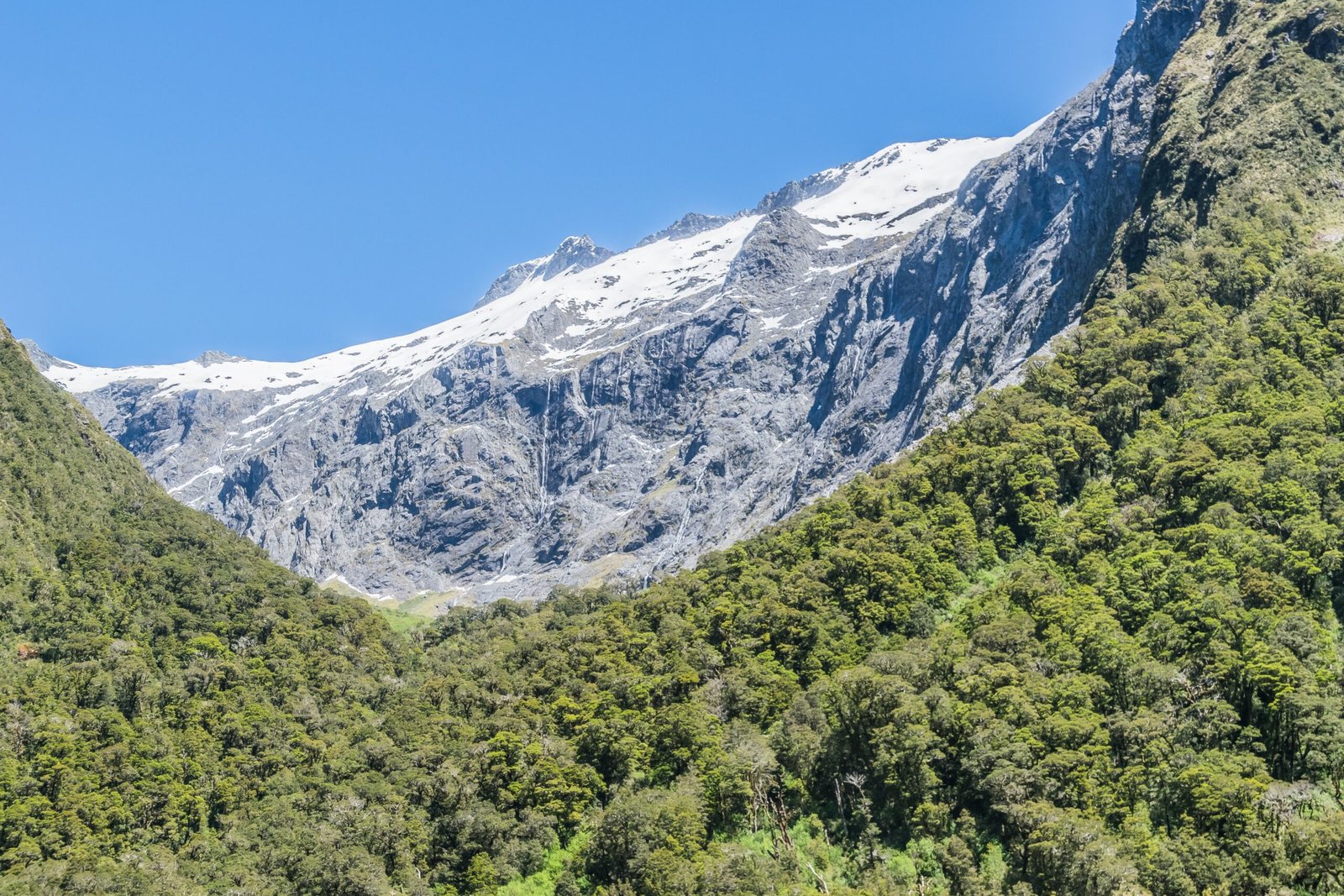
Fiordland, with its towering granite walls and deep, glacial-carved valleys, has always been a place of mystery. For centuries, its rugged isolation kept its secrets hidden, including the fossils embedded in its rocks. These fossils are not scattered everywhere; they lurk in concealed layers, often in remote, nearly inaccessible locations. The region’s harsh weather, frequent landslides, and dense forests further cloak these ancient treasures. Because of this, many fossils remained untouched until recent decades, their existence known only to the landscape itself. When explorers and paleontologists finally began to unearth these remnants, the discoveries challenged everything we thought we knew about New Zealand’s deep past. The fiords proved to be both a barrier and a guardian, keeping prehistoric stories safe until science caught up.
Ancient Oceans and Lost Worlds
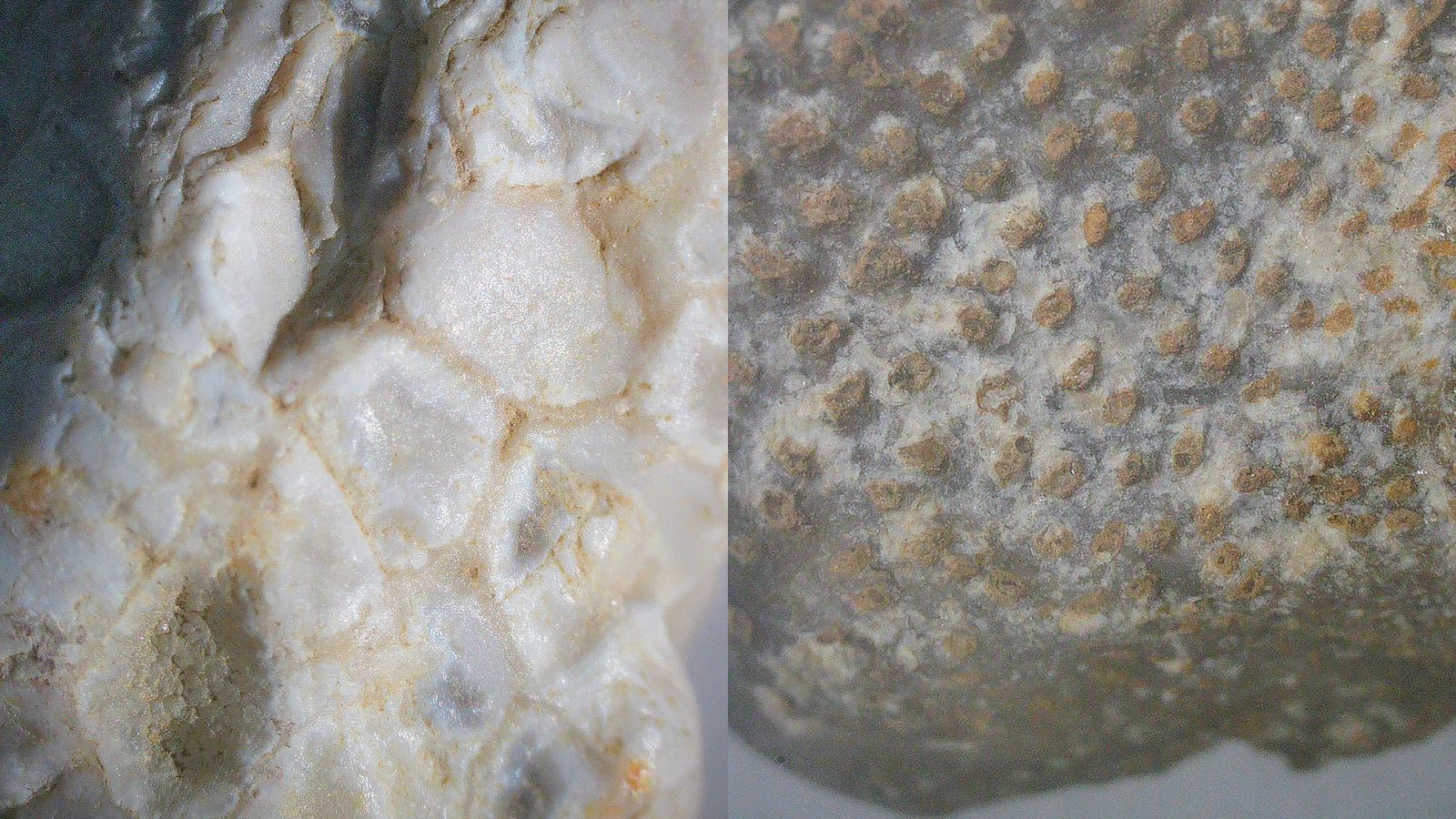
What many people don’t realize is that New Zealand, now famous for its lush rainforests and mountain peaks, was once almost entirely underwater. Millions of years ago, the land we know today was submerged beneath vast, warm seas teeming with life. Fossils found beneath Fiordland tell stories of these ancient oceans—giant ammonites, marine reptiles, and strange shellfish. Limestone deposits, formed from the compressed remains of countless sea creatures, are a living archive of this watery world. These rocks preserve exquisite details: the delicate spiral of a belemnite, or the armored plates of an extinct sea lizard. Every fossil is a window into a time when waves washed over what is now mountain and forest. It’s a humbling reminder that the land has not always looked as it does today.
Fiords: Formed by Ice, Home to Hidden Bones
The fiords themselves are relatively young features, carved out by glaciers during the last Ice Age. As the ice retreated, it revealed cliffs and valleys that had been hidden for eons. This process exposed ancient sedimentary rocks, giving scientists a rare look at the prehistoric layers beneath. Fossils unearthed in these places often come from deep within the earth, thrust upward by tectonic forces and then sliced open by glaciers. The juxtaposition of ice-carved landscapes and fossils from tropical seas is almost surreal. It’s as if the land itself is a palimpsest, each era leaving its mark atop the last. This accidental collaboration between earth, ice, and time has created a natural museum, one that is both beautiful and bewildering.
Remarkable Finds: From Moa to Marine Monsters
Among the most spectacular fossil discoveries in New Zealand are the bones of the moa, giant flightless birds that once roamed the forests. But Fiordland’s fossil record goes much deeper. Paleontologists have uncovered the remains of marine reptiles like plesiosaurs, long-necked predators that dominated the ancient seas. Fossilized shells of giant snails, ancient corals, and even the teeth of sharks have been discovered lodged in the rocks. Each find tells a piece of the puzzle, helping scientists reconstruct the lost ecosystems that existed before humans ever set foot on these islands. There’s a sense of awe in holding a fossilized bone, knowing it belonged to a creature that lived and died in a world utterly unlike our own.
The Role of Tectonic Forces: Shaping the Fossil Record
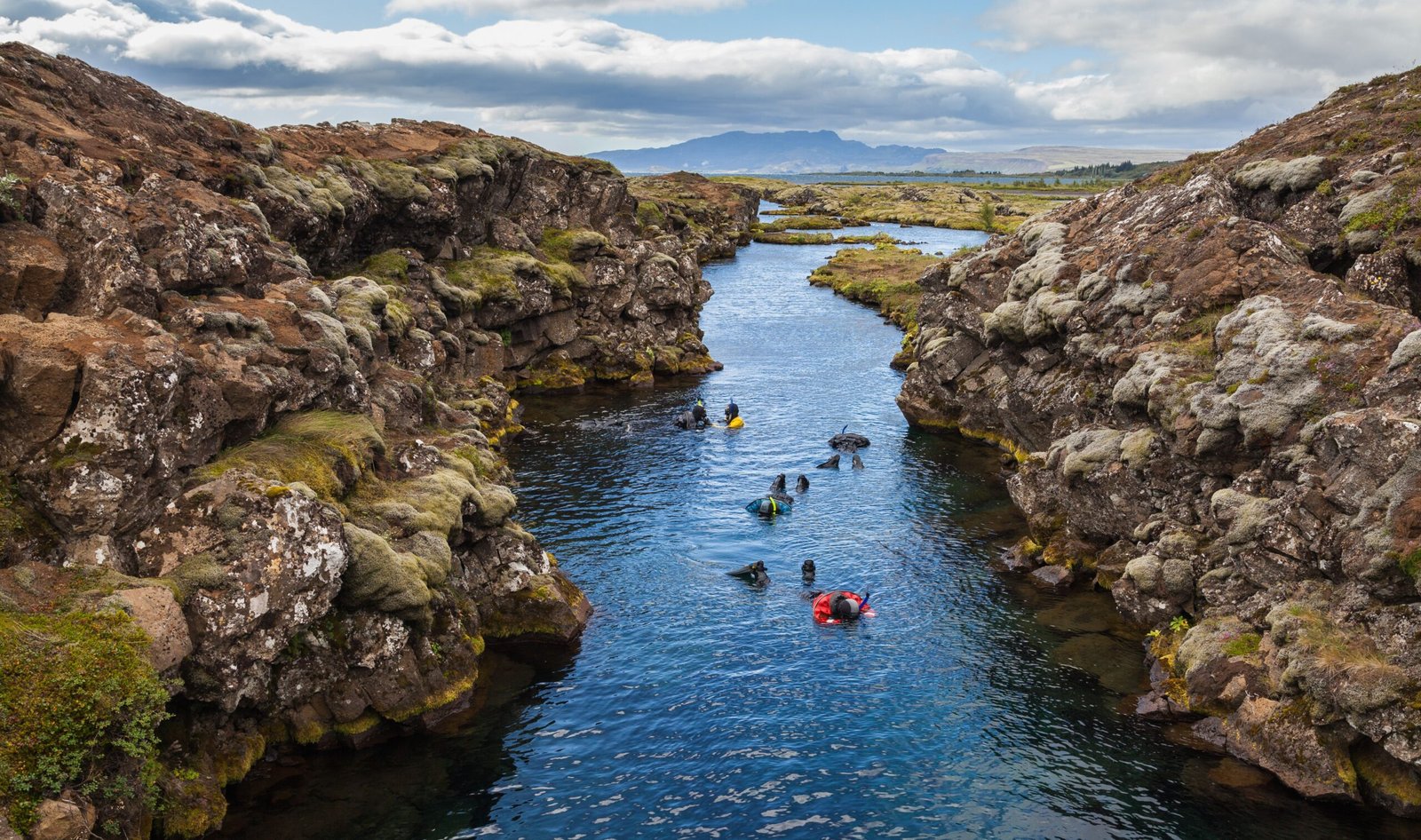
New Zealand sits atop a tectonic boundary, where the Pacific and Australian plates collide. This restless geology is responsible for the island’s dramatic landscapes and also for the way fossils are exposed. Earthquakes, volcanic eruptions, and the slow grinding of continents against each other push ancient rocks to the surface. Sometimes, fossils that were buried kilometres deep are suddenly thrust into daylight. This dynamic process means that the fossil record is patchy—some eras are well represented, while others are missing entirely. Still, the very forces that make New Zealand dangerous also make it a paradise for paleontologists, revealing new specimens with every shift of the earth.
Why Fossils Remained Hidden So Long
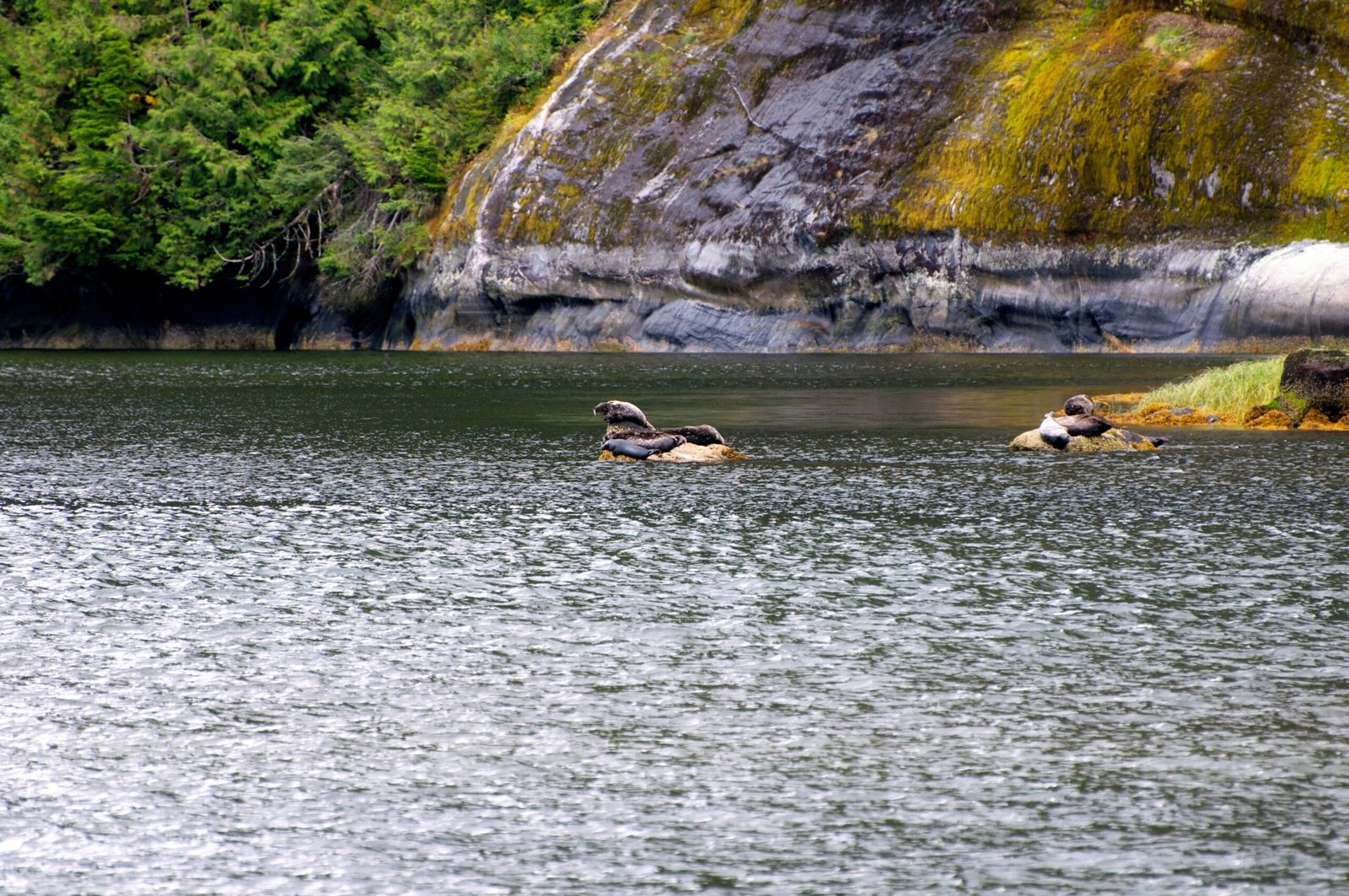
The inaccessibility of Fiordland, combined with its dense rainforest and harsh climate, meant that fossil hunting here was almost impossible for early scientists. Unlike other parts of the world where fossils might erode out of soft cliffs or desert sands, those in New Zealand were locked away in hard rock. It took advances in technology—better mapping, helicopter access, and improved excavation tools—to make large-scale fossil recovery possible. Even today, many fossil sites are only reachable by boat or after days of trekking through tangled undergrowth. The landscape itself seems determined to keep its secrets, releasing them only to the most persistent explorers.
New Zealand’s Prehistoric Wildlife: A Land of Giants and Oddities
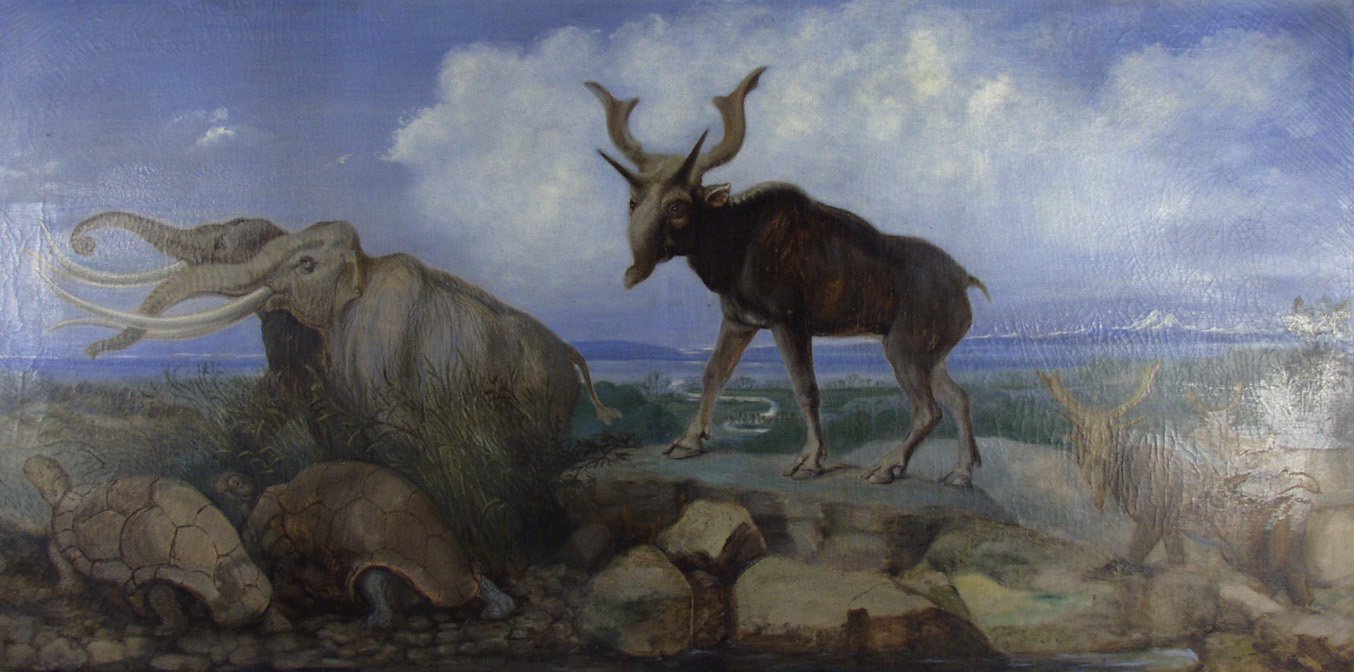
The fossil record reveals that prehistoric New Zealand was home to an astonishing array of creatures, many of them unique to these islands. Besides moa and marine reptiles, scientists have found fossils of ancient crocodiles, giant penguins, and even primitive mammals. Some of these animals were giants, while others were evolutionary oddities, shaped by millions of years of isolation. The discovery of these fossils challenges our understanding of evolution and biogeography, showing just how strange and wonderful life can become when left to its own devices. Each new find adds another thread to the intricate tapestry of New Zealand’s natural history.
The Human Connection: Maori Legends and Fossil Discoveries
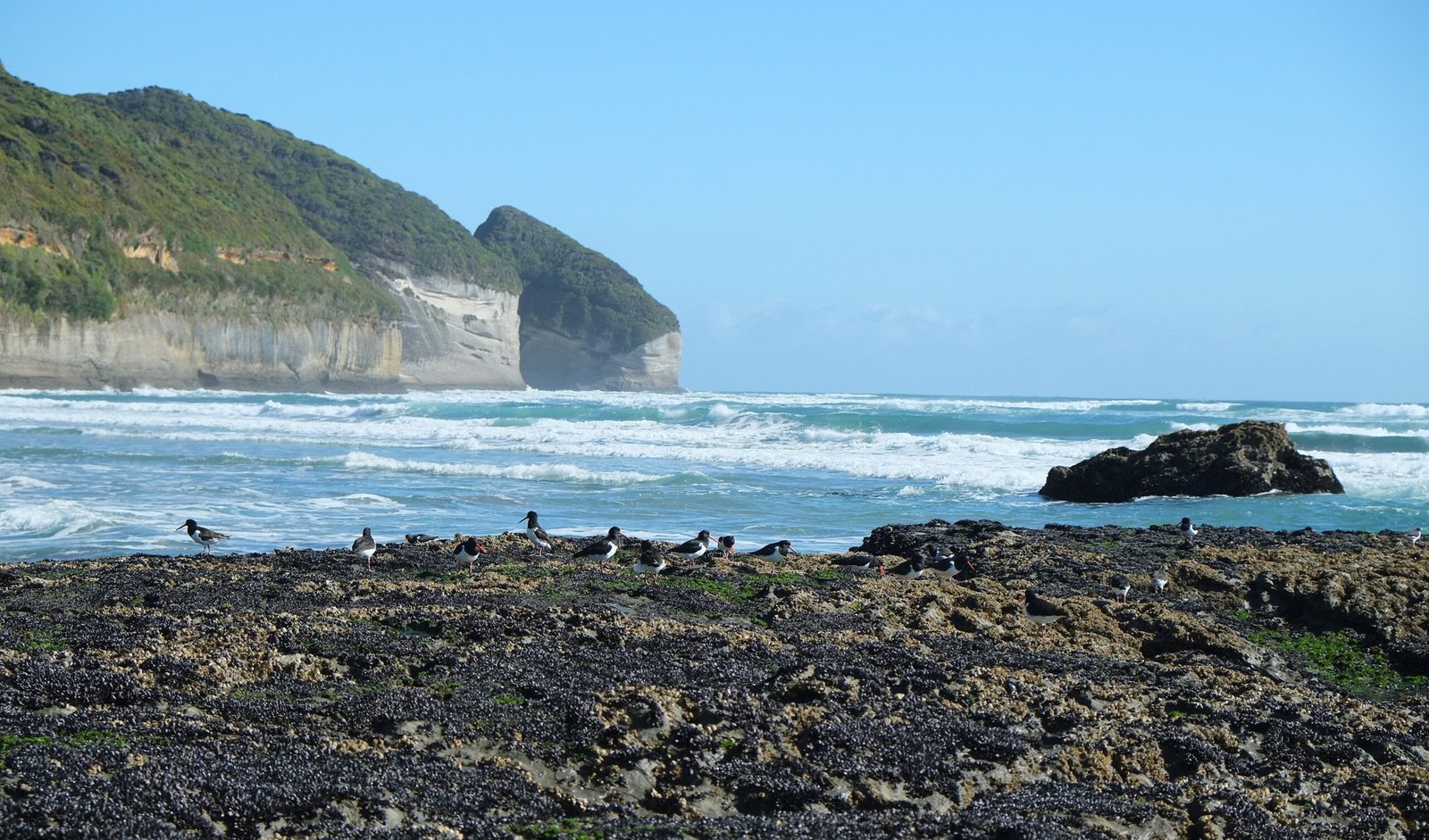
For the Māori, the indigenous people of New Zealand, the land has always held spiritual significance. Some Māori legends speak of giant birds, sea monsters, and other mysterious creatures—stories that uncannily echo what scientists find in the rocks. While there’s no direct evidence that Māori people found or recognized fossils as we do today, their oral traditions often align with the prehistoric animals once present on these islands. This cultural connection adds a layer of meaning to fossil discoveries, blending science with the deep sense of place that has always defined New Zealand.
Modern Science and New Technologies
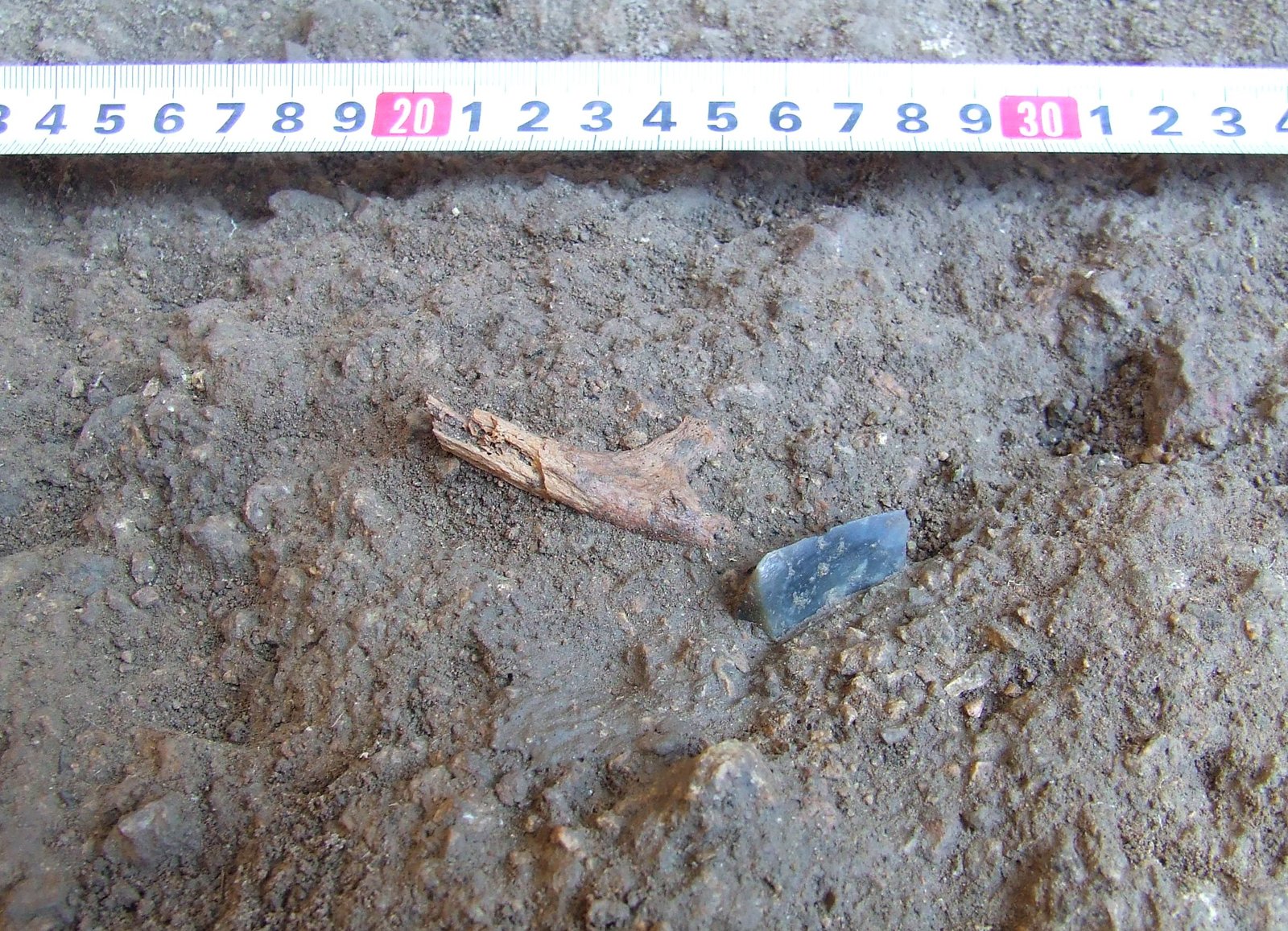
The last two decades have seen a revolution in how fossils are discovered and studied. High-resolution imaging, 3D scanning, and advanced dating techniques allow paleontologists to learn more from each specimen than ever before. Drones and satellite mapping help identify promising fossil sites, while non-invasive scanning can reveal fossils still buried within rock. These tools have sped up discoveries and made it possible to reconstruct ancient ecosystems in stunning detail. As technology continues to advance, the pace of discovery in Fiordland and beyond is only accelerating, promising even more astonishing finds in the years to come.
The Global Significance of New Zealand’s Fossil Record
Though remote, New Zealand’s fossil finds have global importance. Because of its unique position in the Southern Hemisphere and its long isolation, the country’s fossils fill critical gaps in the story of life on Earth. They help scientists understand continental drift, mass extinctions, and the evolution of strange, isolated ecosystems. International researchers frequently collaborate with local scientists, drawn by the promise of uncovering something truly new. In a way, New Zealand’s fossils are not just part of its own heritage—they belong to the whole world, offering insights that reach far beyond the fiords.
Preserving the Past for the Future
As interest in fossils grows, so does the need to protect them. Many fossil sites are now considered taonga—treasures—by both scientists and local communities. Strict regulations govern their excavation and export, ensuring that these irreplaceable records are preserved for future generations. Museums and educational programs share these discoveries with the public, inspiring new generations of scientists and nature lovers. The challenge is to balance exploration with conservation, so that the secrets of the fiords remain intact for centuries to come.
A Landscape That Still Surprises
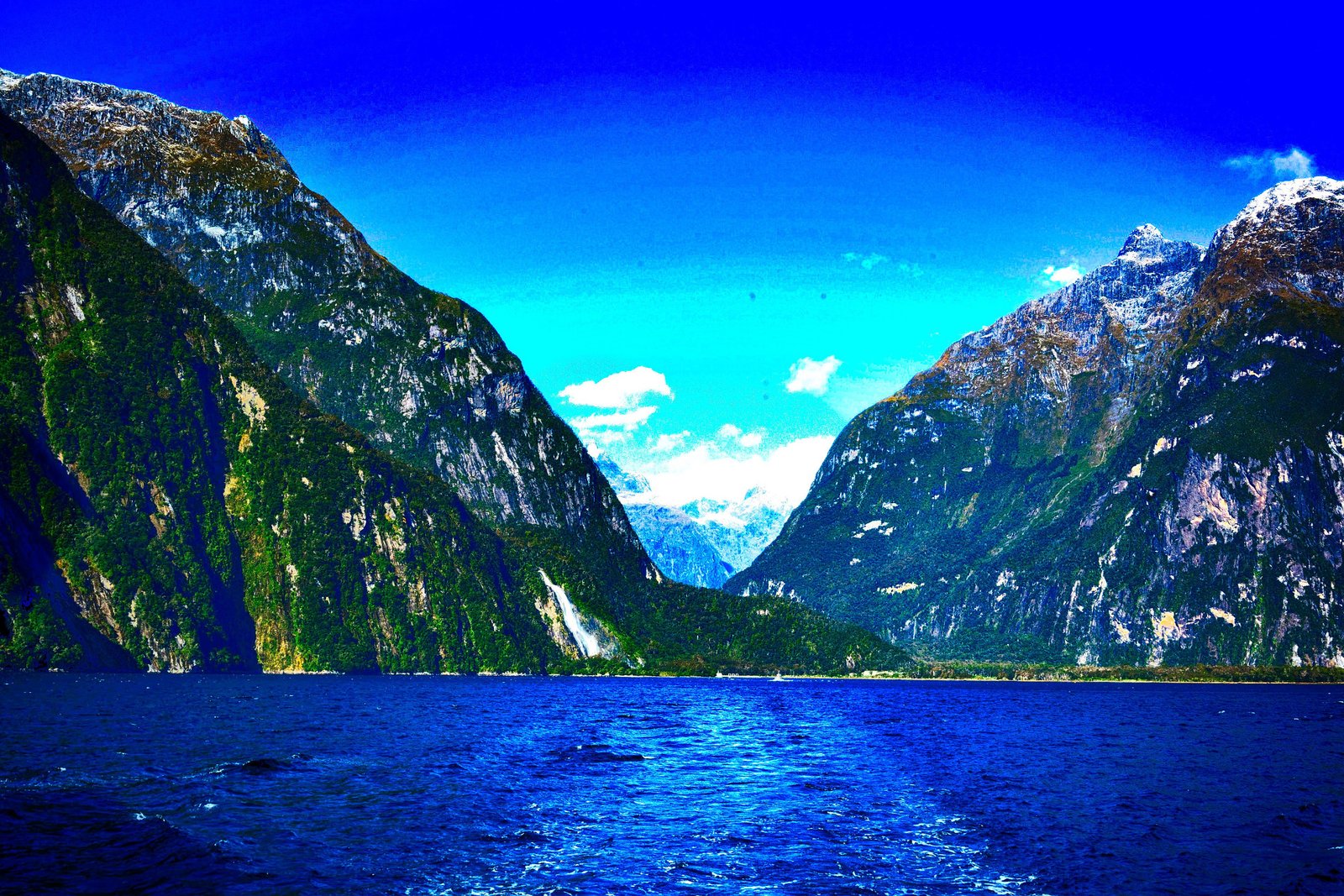
Despite all that has been found, it’s clear that Fiordland and the wider New Zealand landscape still hold untold secrets. Every expedition brings new surprises—unexpected fossils, mysterious footprints, or even the remains of unknown species. The sense of possibility is electrifying, as if the land itself is inviting us to keep searching, to never stop wondering what lies just beneath the surface. The story of New Zealand’s prehistoric past is far from finished, and the next chapter could be written with the very next stone turned.



